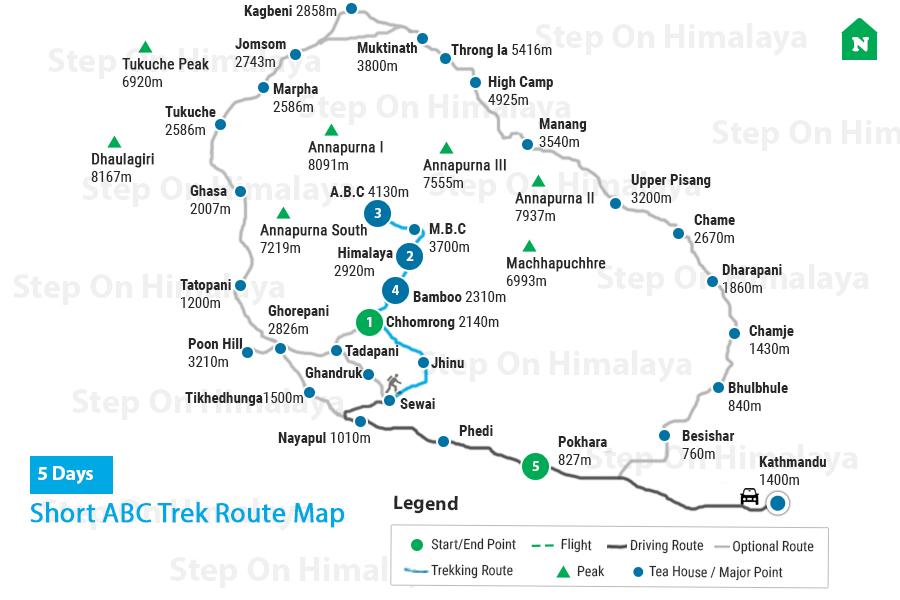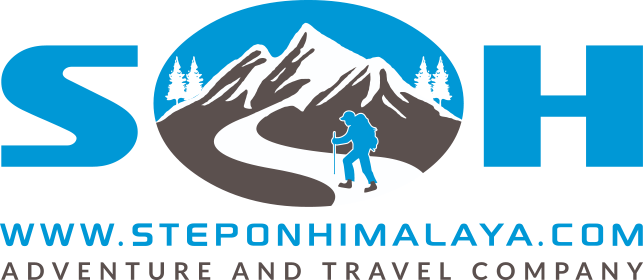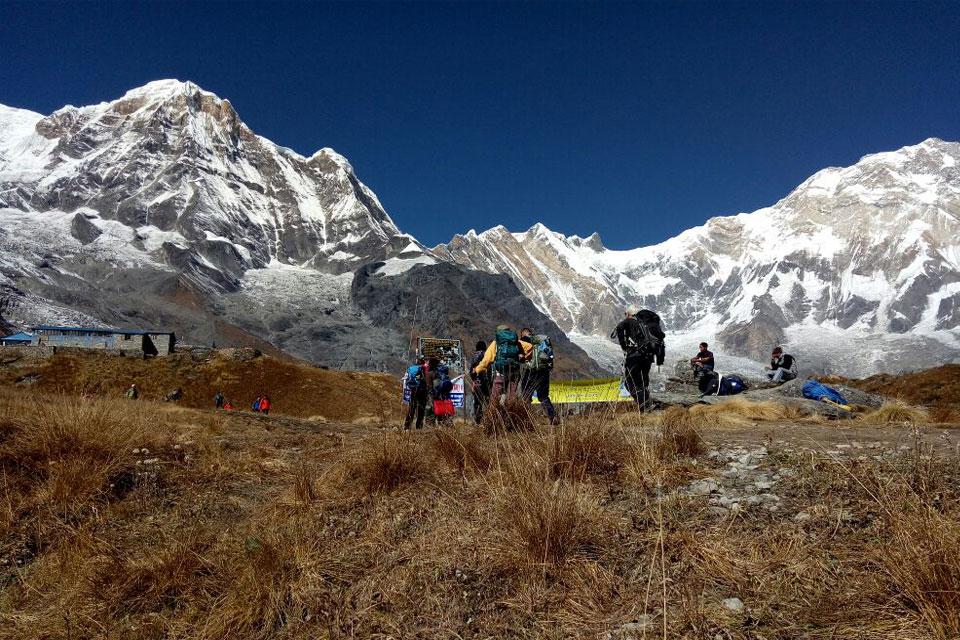Short Annapurna Base Camp Trek
Trip Overview
Trip at a Glance
Pokhara – a city of natural and cultural wonders lies in the western part of Nepal. Pokhara valley is a grandeur surrounded by the sparkling snowy white Himalayas, green hills and the beautiful villages. The aura of Pokhara valley is appealing to explore the exotic nature and bizarre culture and traditions. Easily accessible from Kathmandu via regular flights or by road, Pokhara is full of immense natural beauty. Being the entry point of trekking to Annapurna and Dhaulagiri ranges, Pokhara has gained an identity of a flourishing tourist destination of Nepal. Hence, Step On Himalaya here steps in with an itinerary of SHORT TREKKING FROM POKHARA TO ANNAPURNA BASE CAMP. This 5 days’ short trekking starts and ends at Pokhara. Within these 5 days, you will be assured of unlimited exciting experiences passing through the serene settlements bounded by the Himalayas of Annapurna and Dhaulagiri ranges.
View MoreDetail Itinerary
Is the proposed itinerary suitable for you?
If you are looking for a custom itinerary, please feel free to reach out to our team of professionals at any time.Trip Map

Cost Details
What is included?
- Ground transportation from Pokhara and back to Pokhara
- All 3 meals on board (Breakfast, Lunch and Dinner)
- Accommodation in twin-sharing basis at the Teahouses
- ACAP (Annapurna Conservation Area Project)permits, TIMS card
- Local and Government taxes
- Trained, experienced, Government certified Trekking staffs: Guide, Porters and other supporting staffs
- Salary, food, accommodation, insurances, basic equipment for all the trekking staffs
What is not included?
- Nepal Visa Entry Fee
- Food and Accommodation in Pokhara
- Personal trekking gears, accessories and equipment
- Personal expenses like mineral water, snacks, bar bills, beverages, internet, phone bills, laundry, etc.
- Extra supporting staffs and their expenses
- Expenses that will be incurred during the emergency evacuation due to natural calamities or personal reasons
- Any of the cost not mentioned in “Cost Includes” section
- Tips and gratitude for all the trekking staffs












